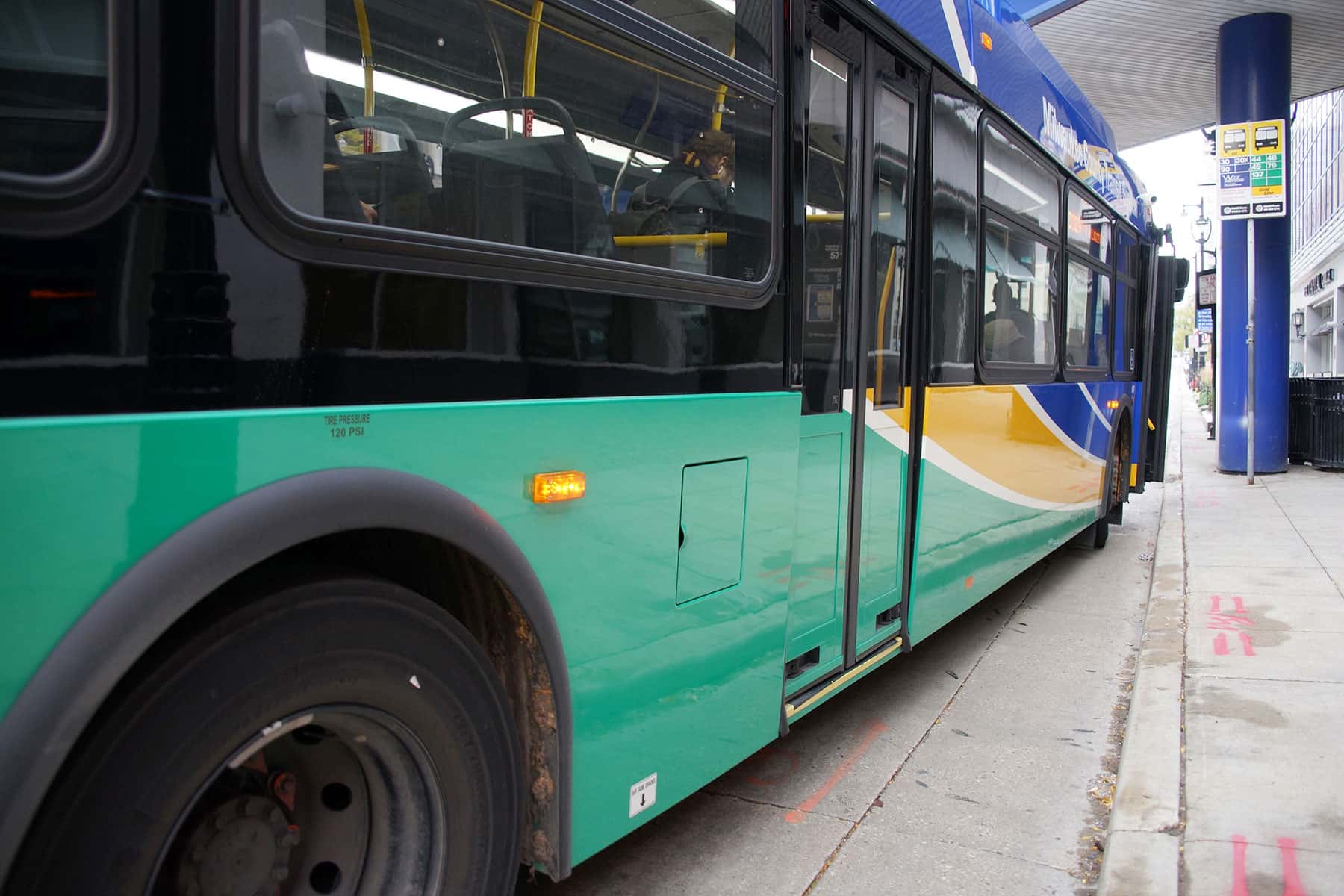

“That’s fewer people driving on the road that you don’t have to deal with.” “If you never want to step foot on a bus, just be glad the rest of us are,” Marybeth McGinnis, Program Director of MilWALKee Walks said.

At other times, having more cars traveling at night time or middle of the day when the roadways aren’t congested means more cars traveling typically at higher speeds on those wider open roads, adding to the number of opportunities that there might be conflicts.” So that means cars are traveling a bit slower. “At certain times of day, when you have more cars on the road, it actually introduces congestion. “It’s slightly complicated,” Schneider said. It’s not the only factor adding to Milwaukee’s reckless driving issue, but Schneider says it is definitely a factor. Ridership was cut in half, after averaging 36.7 million from 2013 to 2019, and ridership hasn’t topped 16 million in each of the last three years. The Milwaukee County Transit System (MCTS) has seen a decline in ridership over the last ten years but nothing as dramatic as the decrease in 2020. “That’s for drivers, for pedestrians, and for bicyclists.” “When you have people shifting away from the bus, that means some of them are going to be taking cars more often which leads to more cars on the road and more overall risk in the transit system,” Robert Schneider, Professor of Urban Planning at UW-Milwaukee said. MILWAUKEE - Reckless driving continues hitting record levels post-pandemic while public transportation numbers continue to struggle to rebound.


 0 kommentar(er)
0 kommentar(er)
